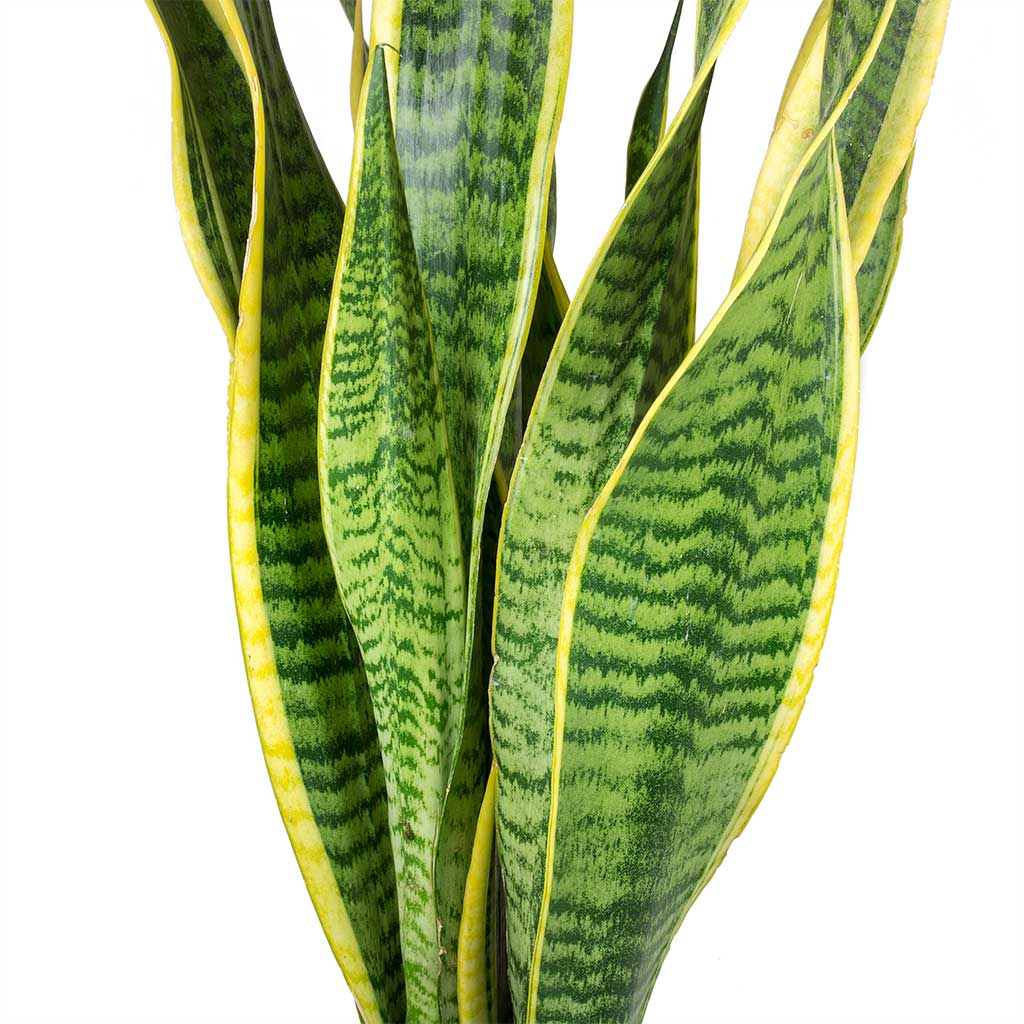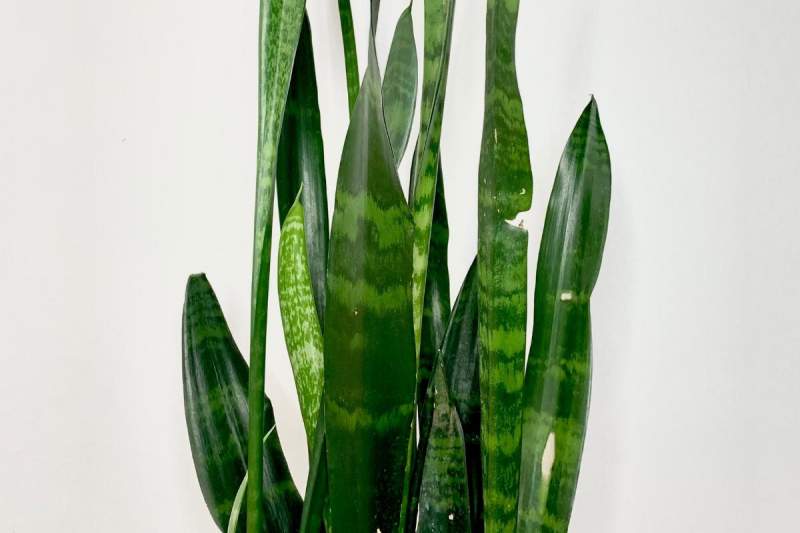Our Snake Plant Leaves Turning Yellow Ideas
Wiki Article
The Best Guide To Snake Plant Leaves Turning Yellow
Table of ContentsNot known Details About Snake Plant Leaves Turning Yellow The Ultimate Guide To Snake Plant Leaves Turning YellowGetting My Snake Plant Leaves Turning Yellow To WorkFascination About Snake Plant Leaves Turning YellowSnake Plant Leaves Turning Yellow for DummiesSnake Plant Leaves Turning Yellow - Questions
If you plan to have a snake plant in your home, below are a couple of things to keep in mind: Excessive water is this plant's weak point. Location a snake plant in a well-drained pot to avoid overwatering, as it can cause decaying. Only water the soil when it's totally dry.If completely shaded, the plant can dull and the leaves may come to be a bit drooping. Serpent plants are not just very easy to care for yet simple to multiply. Just adhere to these instructions: Cut off a healthy leaf near its base and make an upside-down V cut at the base. Then, place the fallen leave in a tidy jar of water.
As soon as roots have begun to form (3 to 5 weeks), you can keep in water or transfer to dirt. Area a serpent plant in a well-drained pot to stay clear of overwatering, as it can create decaying. Make certain the pot has an opening to enable draining pipes. Serpent plants are confirmed to be as useful as they are visually appealing.
Use the knife to divide the plant right into areas, maintaining the roots for each section intact. Descendants or dogs are child plants emerging from the soil.
The smart Trick of Snake Plant Leaves Turning Yellow That Nobody is Discussing
Make use of a sterile cutting tool to get rid of a long, healthy fallen leave at its base (Snake Plant Leaves Turning Yellow). Submerge the cut end of the leaf in a clean jar of water and established the container in a partially sunny area. Or enable the cut end to unsympathetic over for 24 hr and afterwards pot it cut-end downNight-blooming flowers are great smelling and similar in appearance to lilies. Make certain to select a cultivar that blooms, since not all serpent plant varieties will certainly blossom. The Spruce/ Alonda Baird The Spruce/ Alonda Baird The Spruce/ Candace Madonna Snake plants grow best with eight to ten hours of indirect sunshine or a couple of hours of early-morning direct sunshine.
During winter, examine the plant's dirt mix every two weeks or sothe plant might need to be sprinkled just when a month. If you discover its leaves are fragile and dry, water promptly. During spring and summertime when the plant is in energetic development, sprinkling every 2 weeks approximately is normally enough.
To control height, remove the tallest leaves at the dirt line with a clean and sterile cutting device. Damaged fallen leaves can be eliminated at any moment, however, winter trimming can trigger stress and anxiety. Repot your snake plant every three to five years, or when you see origins outgrowing the holes in the bottom of the pot.
Some Known Details About Snake Plant Leaves Turning Yellow
The best time to repot is in spring., put it at the very same degree as it was in the original pot. Serpent plants do not endure temperatures lower than 50F.Serpent plants directory are at risk to usual houseplant parasites such as scales, gnats, crawler termites, aphids, mealybugs, and whiteflies. The majority of can be eliminated by hand or with a mild spray of water. Treat invasions with neem oil. Snake plants are among the most convenient plants to keep and can last for years.
Having a snake plant has many benefits. Easy to care for and a great very first plant for beginning garden enthusiasts, Distinct shape includes height and passion to houseplant collections, Adapts to various light conditions and tolerates low-light environments, Plant is forgiving and practically unbreakable, Compact development habit fits well in small rooms, Drought resistant Frequently asked question Snake plant made its name due to the fact that of the means its long, thin fallen leaves with distinctive red stripes and other markings resemble some types of serpent.

The Main Principles Of Snake Plant Leaves Turning Yellow
Serpent plants are easy-care houseplants. Every as soon as in a while, repotting Serpent Plants is required for preserving a healthy and balanced and successful plant. This tutorial on repotting Snake Plant kingdoms shows you the actions to take, the mix to make use of, and when you must repot your serpent plant. Serpent Plants are some of my extremely favorite houseplants.I really repotted 5 of my plants however you only see 2 of them right here. I call this job the "Snake Plant switcheroo" since I switched out containers and locations they were in.
That's why I include the succulent and cactus mix since it's chunky and well aerated (Snake Plant Leaves Turning Yellow). I additionally toss in a few handfuls of organic garden compost as I'm planting (I go a lot lighter on both this and the worm garden compost when repotting houseplants as compared to container plants in my garden) and a 1/2 layer topping of the worm garden compost
Both are complete of top quality ingredients. Make sure whatever potting dirt you use states it developed for indoor plants on the bag. I make use of Tank's local compost.
The Buzz on Snake Plant Leaves Turning Yellow
The top 4 are what I used for my mix.
If your own is in a 6 expand pot, after that an 8 pot would certainly be the size you 'd want to use. Since Sansevierias like to expand as they grow, I have actually found that they do not require a deep pot. A deep pot has more dirt mass near the bottom which might stay too wet which leads to root rot.
You can see the thick rhizomes they keep water along with the origins & leaves. Collect your soil mix materials. (In some cases I mix them up in advance, and various other times in the pot as I go along. Loosen up the plants from their pots. For one plant I made use of a boring knife and for the various other, I gently continued the expand pot.
Not known Facts About Snake Plant Leaves Turning Yellow
When the plant is out of the pot, measure just how much dirt mix you'll require to elevate the top of the root best site round up to 1/2 to 1 below the top of the new pot. Include the mix in. Place the plant in the pot and fill in around the sides with mix.Report this wiki page